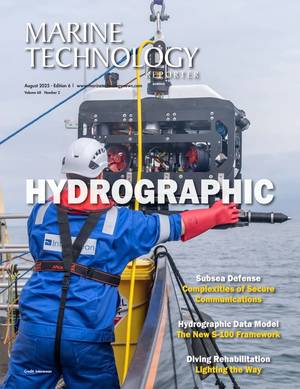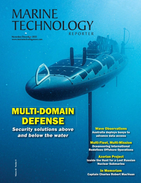
Lockheed Martin Invests $50M in Saildrone to Advance USV Capabilities for US Navy
, and immobile. We had about 45 Saildrone USVs deployed around the world when COVID hit. Unable to travel to service the systems, the fleet continued to perform flawlessly, performing some vital tasks normally undertaken by ships. One such example was the annual Alaska pollock fish stock survey in the Bering Sea, which we undertook entirely remotely. The data we collected found more fish than anticipated, which enabled NOAA to set a higher catch limit for that year. This had a significant positive commercial impact on the Bering Sea fishing industry.We began working with the innovative Task Force 59 in
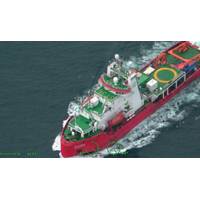
Coast Guard Responds to Increased Chinese Research Vessel Activity in Arctic
in the U.S. Arctic and is currently monitoring five similar vessels in or near the U.S Arctic.On August 5, a C-130J Hercules fixed wing aircraft from Air Station Kodiak responded to the Chinese research vessels Ji Di and the Zhong Shan Da Xue Ji Di. Both vessels were transiting northeast in the Bering Sea.On August 6, the crew of U.S. Coast Guard Cutter Waesche (WMSL 751) again responded to the Zhong Shan Da Xue Ji Di as it was transiting north in the Chukchi Sea above the Arctic Circle, after passing through the Bering Strait.The C-130 and USCGC Waesche were patrolling under Operation Frontier
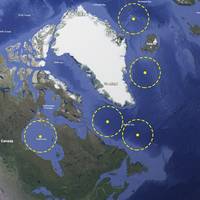
Mother Ship with USV Flotilla Could Boost Coast Guard Capabilities
range monitoring and on-scene presence, possibly up to 400 NM. This could allow two or three flotillas to monitor the Labrador Sea from Newfoundland up through Baffin Bay. Similarly, one mother ship and flotilla could monitor much of Hudson Bay. Another application could be the Gulf of Alaska and the Bering Sea.The USVs could be controlled from the mother ship or operate autonomously under some conditions. They would be suitable and seaworthy for the purpose intended and could have sufficient fuel capacity for 40 to 60-day endurance at moderate speed.The mother ship may be reinforced to withstand moderate
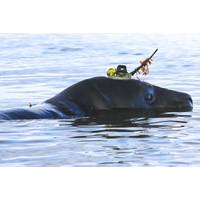
Grander Canyons
There are subsea canyons far bigger than the Grand Canyon.The Grand Canyon is 6,093 feet (1,857 meters) deep, but the Zhemchug Canyon, located in the middle of the Bering Sea, is 8,530 feet (2,600 meters) deep.The Grand Canyon is 277 miles (446 kilometers) long, but the Kroenke Canyon in the western Pacific Ocean is 480 miles (700 kilometers) long. It is the longest and the most voluminous submarine canyon yet discovered.There are around 10,000 submarine canyons on Earth, covering around 11% of the continental slope, and they are an important source of ocean biodiversity, they transport sediment and
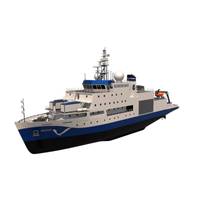
NOAA Reveals Names of its New Mapping Vessels
weight. It not only pays homage to NOAA's mission but also honors two previous vessels that bore the same name. The first Surveyor, launched in 1917, was the first oil-burning steamer in the Coast and Geodetic Survey fleet, a precursor to NOAA. This ship primarily operated in the North Pacific and Bering Sea, playing a key role in ocean surveying. Surveyor Bay in Alaska was named in recognition of its contributions during surveys conducted in 1936. The second Surveyor served from 1960 to 1995, conducting hydrographic surveys across diverse locations, from Alaska’s Norton Sound to American Samoa
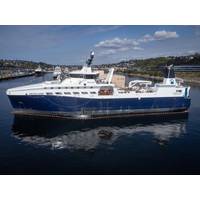
Kongsberg Discovery Partners with Arctic Storm for Advanced US-built Trawler-processor
from Kongsberg Discovery tailored to locate, inspect, and engage fish with unparalleled efficiency.The 100-meter-long Arctic Fjord, designed by Kongsberg Maritime and built by Louisiana’s Thoma-Sea Marine Constructor, will start full-time operations for 2024’s pollock A season in the Bering Sea.Speaking ahead of this week’s Pacific Marine Expo in Seattle, Washington, Kongsberg Discovery reveals that the vessel, which replaces Arctic Storm’s original, 1974-built Arctic Fjord vessel, is outfitted with systems designed to optimize both efficiency and environmental performance
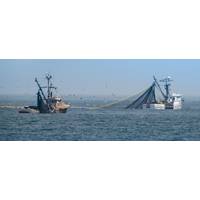
The Information Age is Transforming Fishing Worldwide
for each fisherman, have helped curb overfishing. Imposing catch shares can be highly controversial, but since the year 2000, 47 U.S. stocks that were overfished and shut down have been rebuilt and reopened for fishing, thanks to policy judgments based on the best available science. Examples include Bering Sea snow crab, North Atlantic swordfish and red grouper in the Gulf of Mexico.A growing “fishie” movement that mirrors the widespread “foodie” locavore movement has been gaining steam for more than a decade. Taking a page from agriculture, subscribers to community-supported
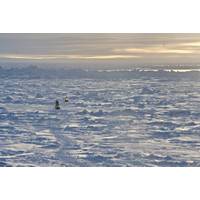
The Arctic: Scientists Aim to Improve Sea Ice Predictions' Accuracy, Access
in the Arctic declines, thins and becomes more mobile, accurate forecasts are becoming even more vital for things like fisheries and resource development, shipping, subsistence activities and wildlife management.Bhatt said the SIPN team hopes to work with the Alaska maritime industry, especially the Bering Sea snow crab fishermen, to make ice forecasts even more accurate and useful to those who work in or live next to the world’s polar waters and to scientists studying sea ice decline and the Arctic climate.The SIPN team plans to enhance sea-ice predictions by including data for sea-ice thickness
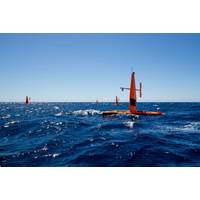
MTR100: Saildrone takes USVs to the Next Level
, unmanned space.“As you know, (because of COVID), when everyone was locked down, all the government ships were stuck in port (which presented) huge vulnerabilities to the nation for security rules in fisheries,” said Jenkins. “Every year, we do a fish stock survey in the Bering Sea, it’s part of the pollock fish stock assessment for NOAA fisheries. And the NOAA ship that normally does that was unable to get to the fisheries’ grounds. So they were going to have to essentially guess a fish stock assessment based on previous years. But we managed to sail three vehicles

 August 2025
August 2025
